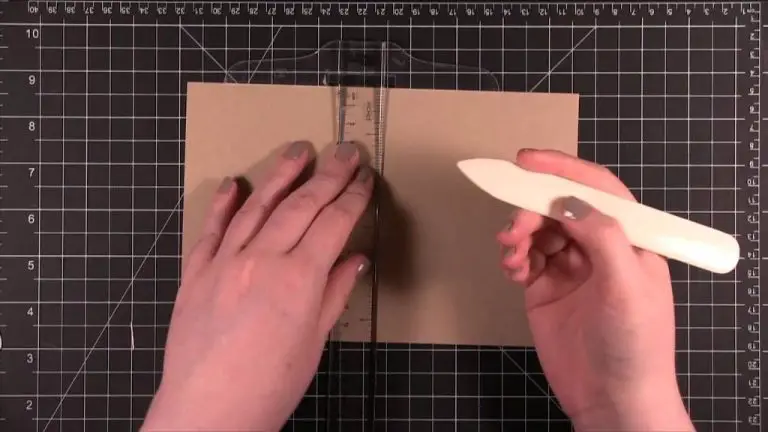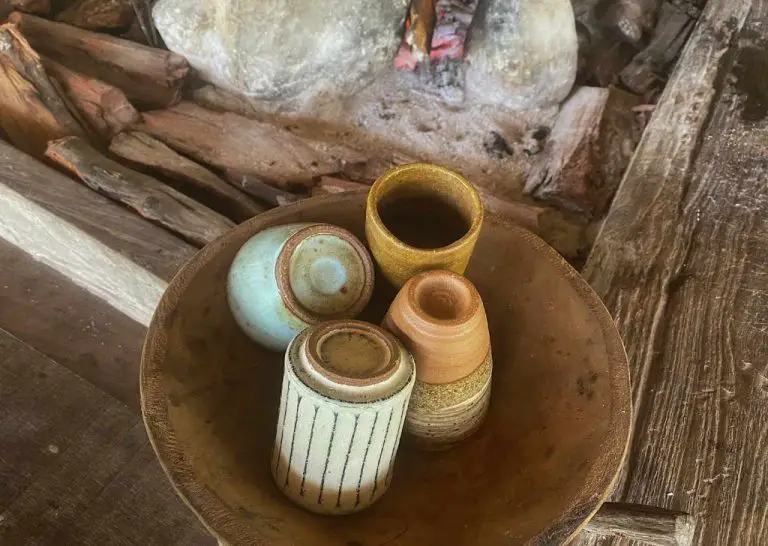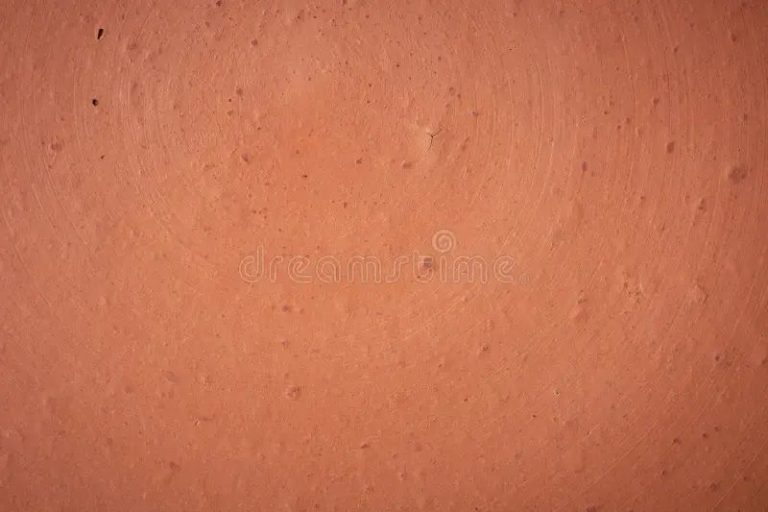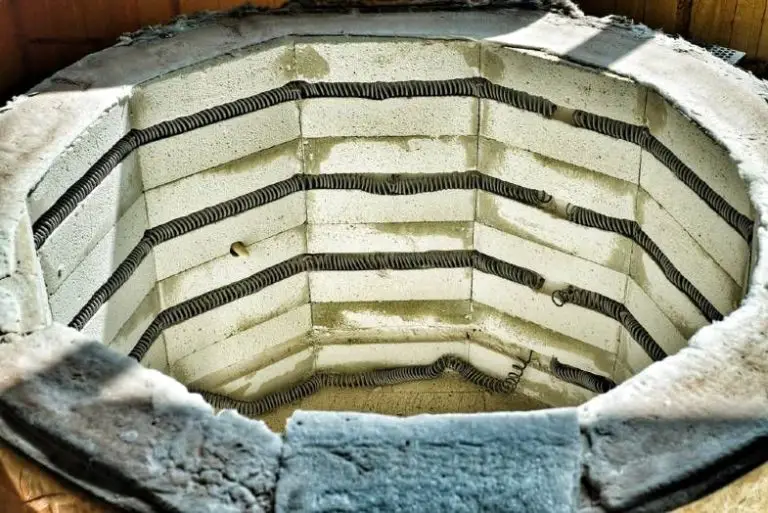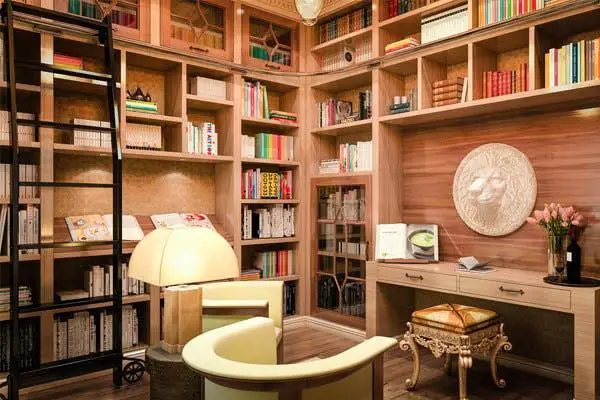What Temperature Does Glass Melt At Fahrenheit?
Glass is an amorphous solid made up of silica and soda ash or limestone. Unlike most solids which have a well-defined melting point, glasses soften over a range of temperatures as their viscosity decreases. The melting point of a solid is characterized by the temperature where a phase transition from solid to liquid occurs. However, the lack of crystalline order in glass prevents such a sharp transition.
Instead, as glass is heated, the molecules gain enough energy to move around, causing the glass to soften gradually. The viscosity slowly decreases until the glass flows like a thick liquid. The melting point of glass is therefore defined as the temperature at which the viscosity drops low enough for the glass to become workable and malleable.
This article will discuss the composition of different glass types and how their melting points are affected by various factors. We’ll also look at how glassworkers melt, shape, and blow molten glass into useful and artistic creations.
History of Glassmaking
The earliest known glass objects date back to around 3500 BC in Mesopotamia and ancient Egypt [1]. The first methods involved coils of silica sand and natron which acted as a flux to lower the melting point. The glassmakers would melt the mixture and then turn it into desired shapes. Clear glass emerged around 1500 BC in Egypt and Mesopotamia. One major innovation was the casting of glass [2]. Around 30 BC, glass blowing was invented in the Roman Empire and quickly spread, allowing more complex shapes and designs. This new technique revolutionized the glass industry.
Through the Middle Ages, Venice emerged as the center of the glassmaking industry in Europe due to its sophisticated methods. The Bohemian glass from the 16th-18th centuries was known for elaborate cut glass designs. In the 19th century, new mechanized methods emerged. The development of plate glass allowed large windows. In the 20th century, machines could produce glass in bulk for containers and windows [3]. Today’s float glass has become a staple of modern construction. While ancient glassmaking was an artisanal craft, glass is now an industrial product integral to our lives.
Composition of Glass
Glass is made primarily from silica sand, soda ash and limestone. Silica sand provides the main ingredient silicon dioxide (SiO2), which makes up about 70% of glass composition [1]. Soda ash (sodium carbonate) is added as a flux to lower the melting point of silica from 1723°C to about 1000°C, making it easier to melt the ingredients together into glass. Limestone (calcium carbonate) is also added to provide durability and prevent weathering and crizzling of the glass surface.
The exact ingredients and proportions can be varied to produce different types of glass with different properties. Adding lead oxide results in lead crystal glass which has increased clarity and refractive index. Boron trioxide can be added to strengthen the glass. Changing the soda ash to potassium carbonate produces harder and more durable borosilicate glass. The composition directly affects the optical, chemical and mechanical properties of the final glass product.
Melting Points of Common Glass Types
The melting point of glass depends on its chemical composition. Here are the melting points of some common types of glass:
Soda-lime glass: This is the most common type of glass used for windows, glass bottles, glassware, and other everyday objects. It contains silica (SiO2), sodium oxide (Na2O), and calcium oxide (CaO). Soda-lime glass melts at approximately 1400-1600°F (760-870°C).
Borosilicate glass: Borosilicate glass contains silica, boric oxide (B2O3), aluminum oxide (Al2O3), and alkali oxides. It has a very low coefficient of thermal expansion, making it resistant to thermal shock. Borosilicate glass melts at about 1650-2200°F (900-1204°C).
Lead glass: Lead glass, also called crystal, is composed of silica, lead oxide (PbO), potassium oxide (K2O), and sodium oxide (Na2O). The lead oxide gives it a high refractive index and brilliance. Lead glass melts at about 1400-1650°F (760-900°C).
Quartz glass: Fused quartz or fused silica glass is extremely pure, containing almost 100% silica. It has high heat and chemical resistance. Fused quartz melts around 3100-3200°F (1700-1760°C).
As you can see, common types of glass like soda-lime and borosilicate melt around 1400-1600°F when heated. The exact melting point varies based on the percentages of components present.
How Glass is Melten
Industrially, glass is melted using large furnaces that can reach temperatures over 1500°C. The raw materials, including silica sand, soda ash, limestone and cullet (recycled glass), are precisely mixed and fed into the furnace on a continuous basis.
The furnace is heated using gas or electricity. As the temperature rises, the raw materials begin to melt together into a liquid. To aid melting and refining,boosters are added such as salt cake and arsenic. The boosters help remove bubbles and impurities from the melt.
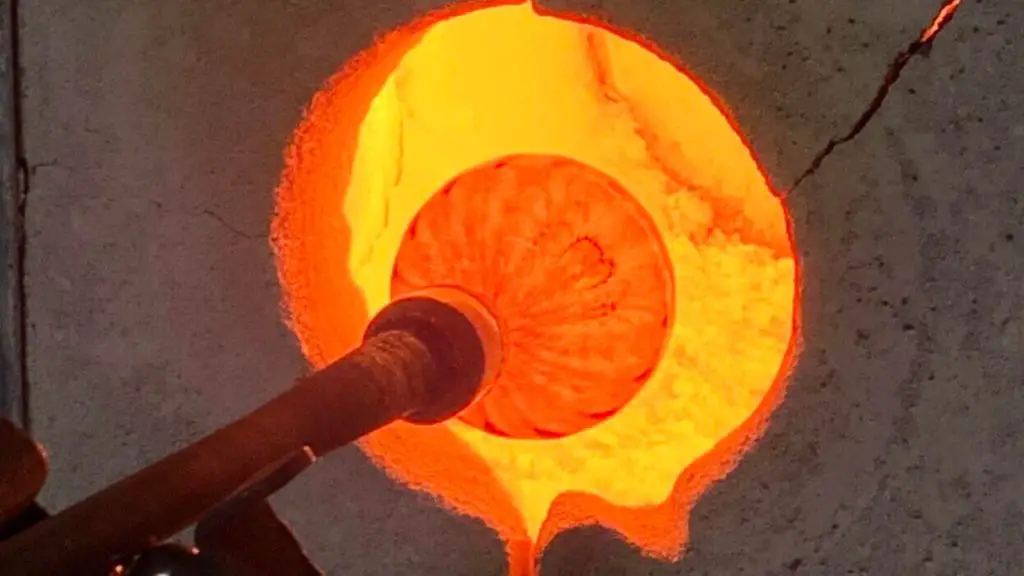
The molten glass flows out of the furnace into a chamber called a forehearth. Here the glass can be conditioned before forming, including cooling slightly to reach an optimal viscosity for shaping. The conditioned molten glass then flows into molds or machines for forming into products.
According to research, glass furnaces are designed for continuous operation, typically running 24/7 for years between maintenance stops. Precise control over temperature and chemistry is needed to produce consistent, high-quality glass.
Factors That Affect Melting Point
There are several factors that can affect the melting point of glass, including impurities, heating rate, and glass thickness.
Impurities in the glass mixture can significantly lower the melting point. For example, adding sodium oxide, potassium oxide, or barium oxide as a fluxing agent reduces the viscosity and melting point. The more impurities, the lower the melting point will be. According to ScienceDirect, pure silica glass melts at around 1700°C, while common soda-lime glass melts closer to 1500°C due to impurities.
The rate of heating also impacts the melting point. Glass takes time to transition from a solid to a molten state. Heating glass too quickly can cause deformation before it fully liquefies. Slow controlled heating allows the glass to gradually soften and flow at a lower temperature.
Thicker glass requires more thermal energy to melt through the material, so it will have a higher melting point than thin glass. According to Pilkington, float glass melts around 1500°C at thicknesses under 6mm, while thicker glass plates may need temperatures of 1550-1600°C to fully liquefy.
Measuring Melting Points
In laboratory settings, there are a few common methods used to determine the melting point of glass samples:
The capillary tube method involves placing a small amount of the glass sample in a thin glass tube called a capillary tube. This tube is then heated gradually, often using a melting point apparatus. The temperature at which the glass sample is first observed to melt is recorded as the melting point (Westlab). This is one of the simplest and most direct ways to measure a melting point in a lab.
Differential scanning calorimetry (DSC) can also be used to pinpoint melting points. This technique measures the difference in heat flow to the glass sample versus a reference material as they are heated at a controlled rate. The melting point is determined by observing the point at which an endothermic peak occurs as the sample absorbs heat to change from solid to liquid (Sciencedirect).
Dilatometry involves measuring the thermal expansion of a glass sample during heating. The melting point corresponds to the point of rapid expansion as the solid transitions to a liquid state. This expansion is measured with high precision instruments to determine melting points.
By utilizing laboratory techniques like these under controlled conditions, the melting point of glass compositions can be accurately determined.
Working with Molten Glass
Proper temperature control is critical when working with molten glass. Most types of soda-lime glass need to be kept within a temperature range of 2150-2300°F to remain malleable enough to shape (“Glass Melting Temperature,” The Corning Museum of Glass). If the temperature drops below approximately 2000°F, the glass will become too stiff to work. Conversely, if the temperature gets too high, above 2400°F, the glass can become thin and weak. Glassblowers must continually monitor and adjust furnace temperatures to keep the glass within the ideal working range.
Safety precautions are also essential when handling molten glass. Glassblowers wear specialized protective gear, including tinted goggles, heat-resistant gloves, and aprons to prevent burns from the extremely hot glass. Proper ventilation is necessary to avoid inhaling toxic fumes. Anything that comes into contact with molten glass must be thoroughly heat-resistant. Glassblowers use specialized tools like paddles, tweezers, and blowpipes made from durable materials like stainless steel.
The viscosity, or thickness, of molten glass can vary considerably based on factors like temperature and chemical composition. An experienced glassblower learns to assess the viscosity by observing the movement and consistency of the glass. More fluid, thin glass is ideal for blowing and inflating shapes. Thicker, more viscous glass is better for detailed sculpting and engraving. Controlling viscosity is an essential skill in molten glasswork.
Unique Properties of Molten Glass
Molten glass has some unique physical properties that distinguish it from the solid glass we are familiar with. Three key properties are viscosity, surface tension, and the cooling process.
Viscosity is a measure of a fluid’s resistance to flow. Molten glass has a very high viscosity, meaning it flows slowly like a thick honey. The viscosity decreases as temperature increases, allowing glassmakers to work with the material. According to research, viscosity also influences properties like strength, durability, and optical qualities in the final solid glass product [1].
Surface tension is another important property, defined as the cohesive force at the surface of a liquid that allows it to resist an external force. Molten glass has high surface tension, which gives it a very smooth surface. This enables glassmakers to create intricate shapes and details.
The cooling process from a molten state to solid glass also impacts the final product. Glass can be annealed to cool slowly, increasing stability and reducing internal stresses. Or it can be quenched rapidly to produce tempered glass. Adjusting the cooling conditions allows crafting glass with specific qualities [2].
Understanding the unique high viscosity, surface tension, and mutable cooling process of molten glass enables glassmakers to create precisely engineered products.
Conclusion
The melting point of glass can vary depending on the specific chemical composition, but most common glass types melt between 1400-1600°F. Soda-lime glass, one of the most prevalent types of glass, melts at approximately 1500°F. The melting point is a critical property of glass that enables it to be shaped and fabricated into end products. When heated, solid glass transitions into a molten, viscous liquid state. Ensuring sufficient temperature is reached for full melting is essential for proper homogenization and the removal of defects such as bubbles. Having too low of a melting temperature can compromise the structure and durability of the glass. The melting point also determines the working properties during manufacturing processes such as blowing, pressing, and casting. Knowledge of the ideal melting points empowers glassmakers to efficiently work with molten glass and achieve high quality results.

